host ip: 192.168.1.2
ipad ip: 192.168.1.3
when working on my host, the web address is: localhost.dev:3000/sign_in/ When I try to connect to my ipad via 192.168.1.2.dev:3000/sign_in the connection times out.
One method to overcome my issue was to change the wifi settings on the ipad to manual proxy:
server: 192.168.1.2
port: 3000
Now 192.168.1.2.dev works! Kinda...
I can now log in to my site, but js seems to be broken and the ipad changes the url to: ( http://2.dev/page ) Normally it would be ( http://localhost.dev:3000/page ) Which I believe is the last digit of the host lan ip. We use some externally hosted js files. Which may be why it is breaking. I can NOT browse the internet (on ipad) while the proxy is enabled. What am I missing?
(192.168.1.2:3000 does not work for any device..)
After further debugging I believe it is because of internet connectivity through the proxy.
The exact error my log spits out is:
CONNECT configuration.apple.com:443 HTTP/1.1
Host: configuration.apple.com
User-Agent: ubd/289.3 CFNetwork/672.1.14 Darwin/14.0.0
Connection: keep-alive
Proxy-Connection: keep-alive
2015-04-20 11:52:54] ERROR TypeError: can't dup NilClass
/home/pete/.rvm/rubies/ruby-1.9.3-p194/lib/ruby/1.9.1/webrick/httprequest.rb:279:in `dup'
So I think I have to enable linux to forward my internet as well?


